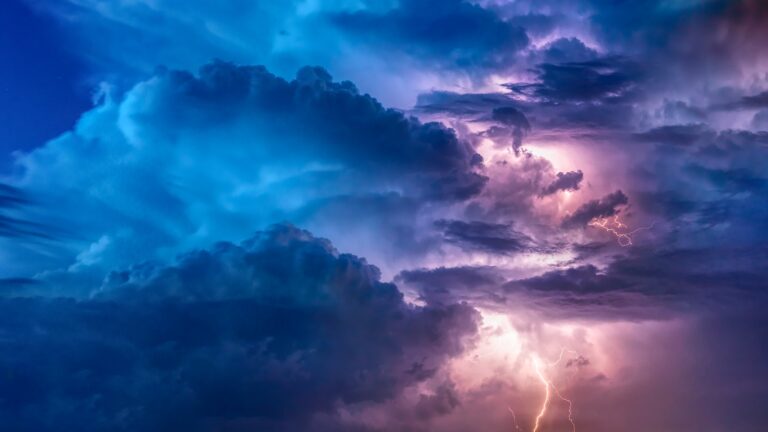Researchers at Pennsylvania State University (Penn State) have found that by combining data from cutting-edge geostationary satellites and traditional weather radar they could generate earlier, more accurate severe weather warnings.
The researchers came to this conclusion after studying supercell thunderstorms in the Midwestern US. “We know satellites have an advantage in producing forecasts earlier, and radar has more confidence in where clouds should be and where thunderstorms will be moving,” said Yunji Zhang, assistant research professor in meteorology and atmospheric sciences at Penn State.
“The question was whether these two types of observations would complement each other if combined together. We found, for at least one severe weather event, assimilating satellite and radar simultaneously leads to the best forecasts.”
The scientists assimilated satellite and radar data separately and simultaneously to see which combination could best recreate conditions during a large storm system that struck Wyoming and Nebraska in 2017. The best results came from combining infrared brightness temperature observations from satellites, and radial wind velocity observations from radar.
“Our results suggest that each sensor provides unique information about the storm,” added David Stensrud, head of the Department of Meteorology and Atmospheric Science at Penn State. “While these results need to be evaluated across a large spectrum of cases, they point to a path forward that could extend lead times for severe weather events, thereby providing improved information to the public when severe weather strikes.”



